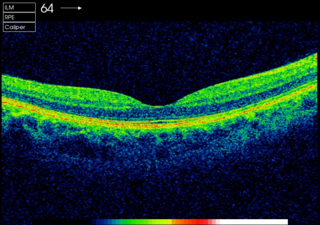
About AGEhIV
What is the AGEhIV Cohort Study?
Since the introduction of effective combination antiretroviral therapy, less people are being diagnosed with AIDS and people living with HIV are aging. The introduction of combination antiretroviral therapy has been one of the greatest medical accomplishments of our time. However, despite combination antiretroviral therapy it seems that people living with HIV still experience more health problems than those who are HIV negative. Previous studies suggest that cardiovascular, kidney and liver disease, as well as diabetes, cognitive disorders, cancer and osteoporosis, occur more frequently in those living with HIV. These conditions are often referred to as comorbidities.
The risk of developing these comorbidities increases with age and with the presence of known risk factors, such as smoking, excessive alcohol use, and obesity. There is increasing evidence that HIV infection itself further increases the risk of developing these comorbidities. Activation and dysfunction of the immune system and side-effects of combination antiretroviral therapy may play a role. Furthermore, genetic factors may play a role in the development of these comorbidities.
In this study, the “AGEhIV Cohort Study,” we want to systematically assess the development of various comorbidities over time and define risk factors in patients living with HIV.
Information about the study visit
The aims of this study
The aims of the AGEhIV Cohort Study are:
1. To determine how frequent various comorbidities and risk factors occur in patients with an HIV infection;
2. To determine if the prevalence of these comorbidities and risk factors are comparable among people living with or without HIV with similar lifestyles;
3. To examine the influence of HIV infection, comorbidities and treatment of HIV/comorbidities on the quality of life.
What is the AGEhIV neurological sub study?
In addition to the AGEhIV cohort study, 103 HIV-positive participants from the AMC and 78 HIV-negative participants from the GGD have participated in the neurological sub study. This sub study aimed to study the relationship between HIV and aging of the brain and eyes. This study consisted of four parts: an extensive neuropsychological assessment to measure cognitive function, an MRI-scan of the brain, a lumbar puncture to collect cerebrospinal fluid and an eye examination. This sub study has currently been completed.
What is the AGEhIV COVID-19 sub study?
As of September 2020, the COVID-19 sub study has been initiated as part of the AGEhIV Cohort Study. The aim of this sub study is to gain insight into the consequences of the COVID-19 pandemic for people living with HIV. By performing 6-monthly blood draws the response of the immune system to the novel coronavirus SARS-CoV-2, amongst others by antibody measurements, will be studied among HIV-positive and HIV-negative participants. Moreover, the consequences of the COVID-19 pandemic for example on the use of alcohol, tobacco or drugs will be studied via questionnaires.
This sub study consists of five study visits which will take place in September/October 2020, March/April 2021, September/October 2021, March/April 2022 and September/October 2022. Participants will receive information prior to each study visit by mail or post.





